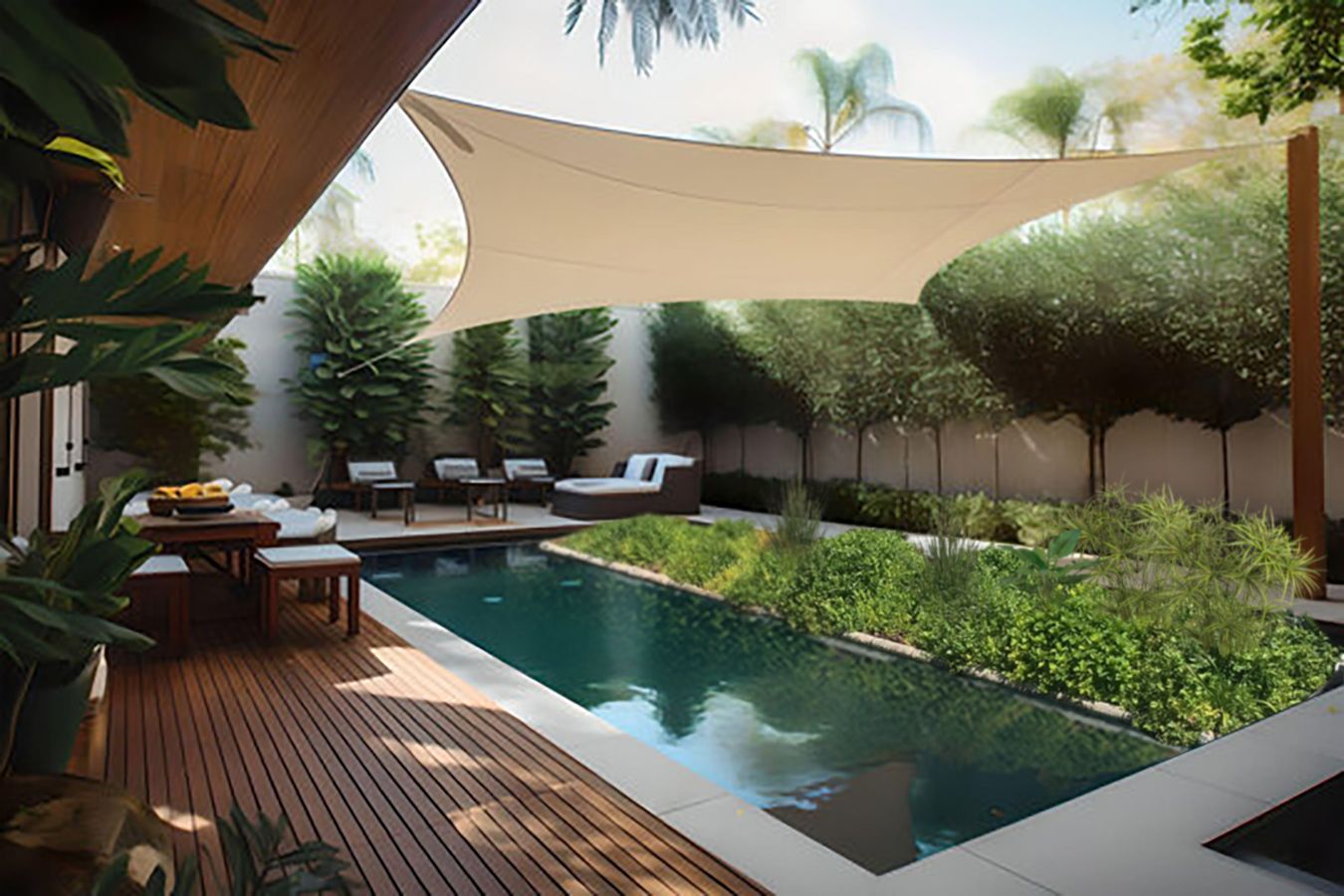Can You Have a Natural Pool in a Hot Climate?
Sep 20, 2024
Yes, natural pools can thrive even in hot, dry, and tropical climates, but keeping the water temperature below 26°C (79°F) is essential. Whether you’re maintaining natural swimming pools, natural pond pools, or organic pools, specific measures must be taken to prevent overheating, which can accelerate algae growth and invite other unwanted organisms. Below, we explore strategies to help your pool remain cool and balanced.
Key Strategies for Hot Climates
1. Erect Shade Structures
Reducing direct sunlight is crucial in preventing overheating in natural swimming pools. You can install shade sails, pergolas, or plant trees strategically around the pool area to reduce the amount of solar exposure and keep the water cool.
2. Expand the Wetland Area
Increasing the size of the wetland area, so it covers up to 50% of the pool’s surface, can help significantly. Wetland plants provide shade and cool the water through evaporation and transpiration. This approach is particularly effective in natural pond pools and other organic pools where maintaining ecological balance is key.
3. Add Extra Aeration
Additional aeration through devices like air pumps or fountains helps circulate water and prevent stagnant hot spots. This improves oxygen levels and supports cooling, ensuring your pool remains healthy in warmer climates.
Parasite Management in Tropical Pools
In tropical climates, managing parasites is essential to maintaining the health of natural swimming pools. In regions where there is a potential risk of schistosomiasis (bilharzia) or other dangerous tropical water-borne and animal-borne diseases, and the pool is non-chlorinated, we recommend taking the following precautions:
1. Pool Design:
- Regeneration zones must be kept completely separate from the swimming area. The swimming section should ideally be a rectangular basin with vertical walls.
- When the pool is not in use, it should be covered with an opaque cover to prevent any contamination.
- Ensure the regeneration zones do not lead to waterlogged areas. The waterline should remain below the gravel to prevent creating habitats for snails that may carry schistosomiasis (bilharzia).
2. UV Sterilizers
UV sterilizers disrupt the DNA of parasites and harmful microorganisms, preventing them from reproducing. This is an effective way to maintain clean water in natural pond swimming pools located in tropical regions.
3. Robust Filtration
Use a bead filter to ensure that the swimzone area is highly filtered.
3. Biweekly Hydrogen Peroxide Treatments
Applying 30% hydrogen peroxide every two weeks eliminates parasites while oxygenating the water. Hydrogen peroxide leaves no chemical residue, as it breaks down into water and oxygen, making it safe for use in organic pools without affecting their natural balance.
Climate-Specific Considerations
For instance, in Cape Town, where the hottest month averages 24°C (76°F), I typically install floating wetlands that cover about 30% of the pool surface. However, in hotter climates, expanding wetland coverage to 50% may be necessary to ensure similar cooling effects.
By following these strategies, adapting to your local conditions, and using the right tools, you can successfully enjoy a natural pond pool or organic pool even in the hottest climates.
Want to Learn More About Natural Pools?
If you know nothing about Natural Pools, then this mini-course is a great place to start. What is a natural pool? How does it stay clean? What are the benefits of natural pools over chlorine pools and do they have to look like ponds? 55 Minutes of video lessons exploring the incredible science of how nature cleans water.

